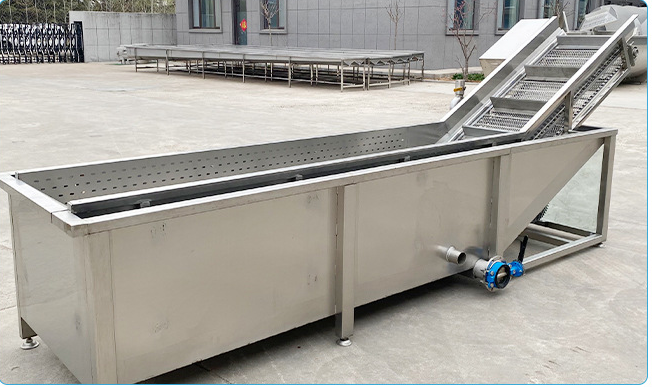feed hammer mill grinder
Dec . 11, 2024 10:04 Back to list
feed hammer mill grinder
Understanding the Feed Hammer Mill Grinder An Essential Tool for Agriculture
In the realm of agriculture and livestock management, the feed hammer mill grinder plays a crucial role in ensuring the production of high-quality animal feed. This machine is widely utilized for grinding grains, seeds, and other agricultural materials into fine particles, which can then be mixed with various ingredients to create nutritious feed for livestock. This article delves into the functionalities, benefits, and significance of the feed hammer mill grinder in modern farming practices.
What is a Feed Hammer Mill Grinder?
A feed hammer mill grinder is a piece of machinery designed to pulverize grains and other materials. It operates on the principle of impact, where the material is struck by high-speed rotating hammers. These hammers break down the particles into smaller sizes, which is essential for the palatability and digestibility of animal feed. Typically, the feed is fed into the mill, where it passes through a screen. The size of the screen holes determines the final particle size of the ground material.
Key Components of the Feed Hammer Mill Grinder
1. Hammers The heart of the mill, these are metal bars that spin at high speed to grind the feed into smaller particles. 2. Screen A mesh that allows material to exit only when it reaches the desired size. 3. Feed Inlet The point where raw materials are introduced into the grinder. 4. Discharge Outlet This is where the finished product exits the grinder once it has been processed.
Benefits of Using a Feed Hammer Mill Grinder
1. Improved Feed Efficiency By grinding grains to the appropriate size, feed hammer mills enhance the feed's surface area, leading to better digestion and absorption of nutrients in livestock. This improved efficiency translates to healthier animals and, ultimately, better productivity.
feed hammer mill grinder

2. Versatility Feed hammer mill grinders can handle a variety of raw materials, including corn, wheat, barley, soybeans, and even fibrous materials. This versatility makes them suitable for different types of livestock feed formulations.
3. Cost-Effective Producing feed on-site using a hammer mill can save money for farmers. Purchasing raw ingredients in bulk and grinding them as needed can be more economical than buying pre-produced feed.
4. Customization Farmers can tailor the feed to meet the specific nutritional requirements of their livestock. Varying the formulation according to age, weight, and health of animals ensures a balanced diet that promotes optimal growth.
5. Reduced Dust and Waste Modern feed hammer mill grinders are designed to minimize dust generation and waste, enhancing both the efficiency of feed production and the cleanliness of the working environment.
The Role of Feed Hammer Mills in Sustainable Farming Practices
With the increasing focus on sustainability in agriculture, the feed hammer mill grinder plays a pivotal role. By allowing farmers to produce their own feed, they can control the ingredients used, thereby avoiding harmful additives and ensuring higher food safety standards for their livestock. Moreover, grinding excess grains or by-products into feed helps reduce waste and promotes the circular economy in agriculture.
Conclusion
The feed hammer mill grinder is an indispensable tool in modern agriculture, significantly contributing to the efficiency and quality of animal feed production. Its advantages in terms of feed efficiency, versatility, and cost-effectiveness make it a valuable asset for farmers. By embracing the use of feed hammer mills, agricultural producers can foster more sustainable practices while ensuring their livestock receive the best nutrition for growth and productivity. As the demand for agricultural outputs continues to rise, the role of these machines will only become more prominent, shaping the future of farming and food production worldwide.
-
Automatic Feeding Line System - Anping Yize|Poultry Efficiency&Durability
NewsJul.29,2025
-
Automatic Feeding Line System-Anping County Yize Metal Products Co., Ltd.|Durable PP Material&Easy Maintenance
NewsJul.29,2025
-
Automatic Feeding Line System-Pan Feeder Nipple Drinker|Anping County Yize Metal Products Co., Ltd.
NewsJul.29,2025
-
Hot Sale 24 & 18 Door Rabbit Cages - Premium Breeding Solutions
NewsJul.25,2025
-
Automatic Feeding Line System Pan Feeder Nipple Drinker - Anping County Yize Metal Products Co., Ltd.
NewsJul.21,2025
-
Automatic Feeding Line System Pan Feeder Nipple Drinker - Anping County Yize Metal Products Co., Ltd.
NewsJul.21,2025






